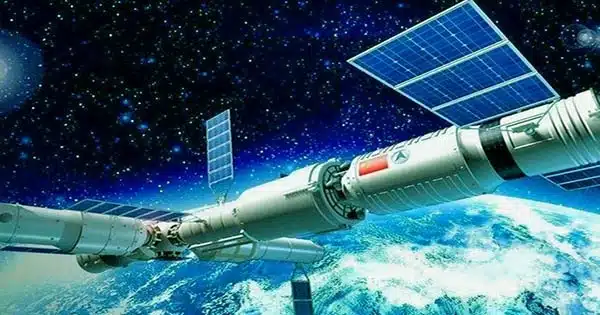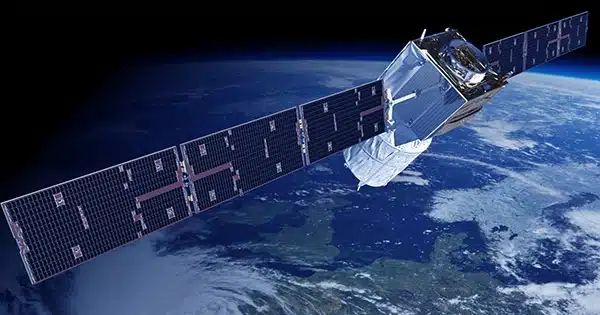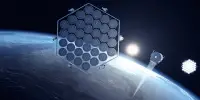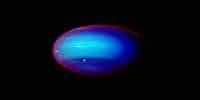On Friday, mission controllers will lead a defunct European satellite into a catastrophic dive over the Atlantic Ocean, making an unparalleled return to Earth.
The Aeolus weather-monitoring satellite was not planned for a controlled re-entry at the conclusion of its mission, but the European Space Agency (Esa) has decided to lead the probe to a watery burial with what little fuel remains onboard.
It is the first time that a space agency has attempted to re-enter one of its defunct satellites. Aside from lowering the already extremely minimal risk of debris colliding with people or property, the move is designed to collect data for future satellite re-entries and demonstrate best practices, with the aim that other spacefaring nations and organizations will follow suit.
The majority of the satellite, which weighed 1,360kg at launch, will burn up in the atmosphere, but like with past re-entering probes, roughly 20% of the mass is projected to survive. Every year, one hundred tonnes of space debris in the form of spent satellites, rocket bodies, and other parts fall into the Earth’s atmosphere. Esa’s goal with Aeolus is for debris to fall into a large stretch of the Atlantic Ocean, where it will sink into the murky depths.

“The spacecraft is not designed to perform a fully controlled re-entry, such as meeting a predefined small target point,” said Holger Krag, Esa’s head of space safety. “So far, this has been accomplished only by rocket stages, spaceships, or cargo ships, rather than satellites.”
“We’re using the onboard propulsion system to get as close to a controlled re-entry as we can,” he explained. “We reduce the risk of a fragment landing on land by a factor of three when compared to the case where no action is taken – that is when compared to a natural re-entry.”
In August 2018, the Aeolus satellite launched, becoming the first spacecraft to monitor Earth’s wind currents from orbit. The probe is outfitted with a powerful laser sensor known as a Doppler wind lidar, which has assisted researchers in improving weather forecasts and climate models.
The spacecraft looked down on Earth from a low height of 200 miles (320 kilometers); the International Space Station is generally 50 miles higher. While most space organizations leave satellites to spiral down and burn up uncontrollably once their missions are completed, Esa devised plans to use the probe’s final wisps of fuel to guide it down more safely.
Esa scientists are giving the probe carefully timed commands to first spin it through 180 degrees and then use its thrusters to slow it down. The first braking maneuver was accomplished by Aeolus on Monday, when it fired its thrusters for approximately 40 minutes, lowering its altitude to 155 miles.
The plan called for four more burns on Thursday to further decelerate the spacecraft and reduce its altitude to around 90 miles. On Friday, the satellite will descend to a height of 75 miles before re-entering the atmosphere over the Atlantic roughly five hours later.
The process is complicated by Aeolus not being built to operate at such low altitudes. “We are demonstrating what additional efforts can achieve even with a space system not prepared for this,” Krag said.
Future satellites will need dedicated propulsion systems to drive them toward the ocean once they have served their function or be engineered to burn up completely on re-entry, to limit space trash and reduce the possibility of lucrative orbits being too congested to operate in. “Technology for this is under investigation in Esa’s space safety program,” Krag noted.
“The management of re-entry will become increasingly important as the number of space objects increases,” said Christopher Newman, professor of space law and policy at Northumbria University. Esa is exhibiting the necessary leadership in this area by identifying and displaying acceptable behavior in this part of post-mission disposal.”
















